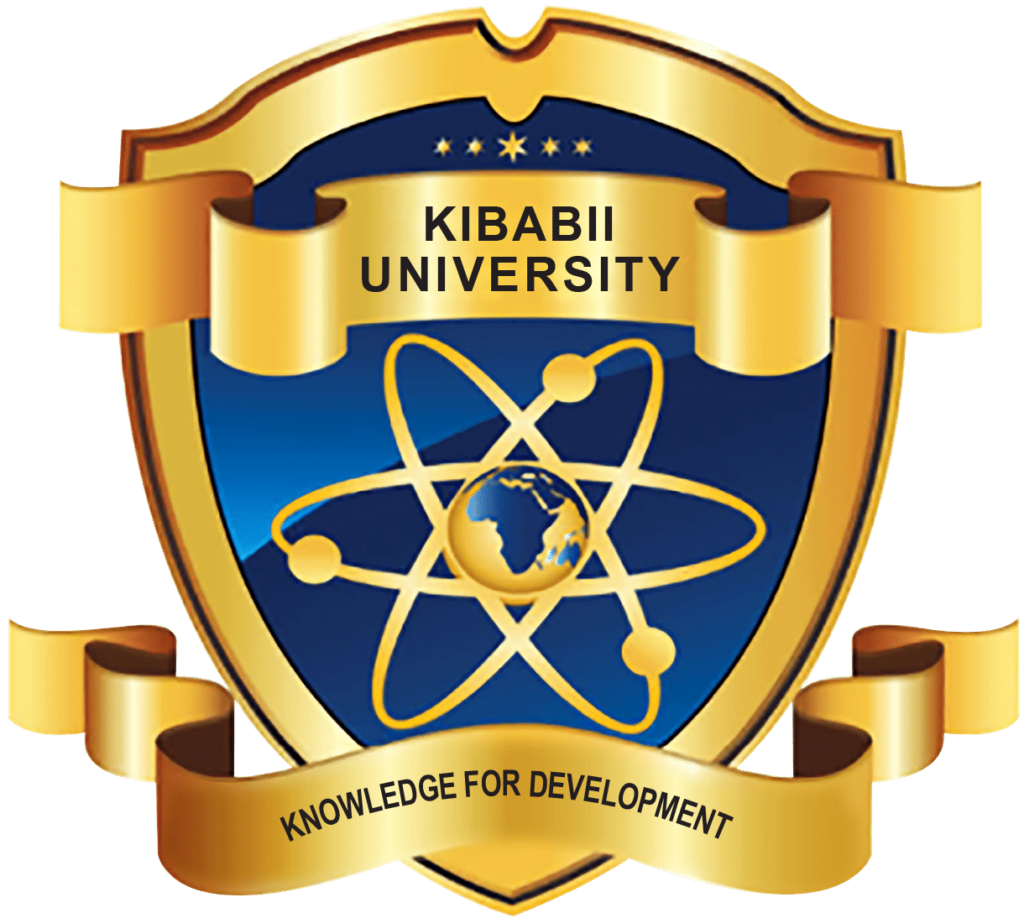THESIS TITLE: Improvement of the Delone and Mclean’s Information System Success Models to Focus on Mobile Instant Messaging in Public Universities in Kenya
Student Name: Ratemo Makiya Cyprian
Supervisors:
- Ikoha Peters Anselemo
- Ellyjoy Muthoni Micheni
ABSTRACT
Mobile Instant Messaging (MIM) encompasses a range of mobile-based internet facilities that enable exchange of real-time messages while utilizing present information of users. The value of MIM has been recognized globally, instigating an upsurge in its use across all segments of society. Use of MIM has however not been embraced in universities. Research reveals that a comprehensive success model is the solution to achieve success in the adoption, use and implementation of MIM systems in institutions. Currently, a model that focuses on MIM does not exist. This study aimed to improve the DeLone and McLean’s Information Success Models to focus on Mobile Instant Messaging in public universities in Kenya. The study specifically sought to examine the status in regard to measuring success of Mobile Instant Messaging in the context of existing Information System success models, to determine factors for measuring the success of Mobile Instant Messaging systems and to develop an improved Information System success model to focus on Mobile Instant Messaging Systems. Mixed method research design was employed and both quantitative and qualitative strategies were applied. Stratified random sampling method was used to get 655 respondents drawn from 4 cadres of respondents in Kenya public universities as follows; 93 Information and Communication Technology (ICT) administrative staff, 96 ICT technical staff, 98 academic staff and 368 university students. Data was collected through the use of questionnaires and interviews. Validity was ensured through data triangulation, peer debriefing and peer review. Reliability was ascertained through a reliability test that generated a Cronbach’s Alpha value of 0.827. Ethics was taken into account and all relevant clearances sought as required. Thematic analysis method was used to analyze qualitative responses whereas frequency tables, cross tabulations, exploratory factor analysis and squared multiple correlation weights were used in the analysis of quantitative responses. Findings revealed a high rate of use of mobile technology in the organizations under study, underscoring the potential of MIM systems and the need for a suitable MIM system success model. MIM penetration rate for academic staff stood at 63%, students at 60%, ICT administrative and ICT technical staff at 34%. Further, the study identifies 30 success factors and exploratory factor analysis was performed to generate 6 constructs namely; task, social, infrastructural, spatial, temporal and presence. Weighs of the constructs were worked out and a new model constructed and validated for acceptance. The new model is critical for success in the adoption, implementation and use of MIM systems in institutions. This study generated new knowledge in regard to MIM systems, which is important to academia and other relevant stakeholders. The findings stand to help institutions under study to tap into the benefits of the successful adoption, implementation and use of MIM.

